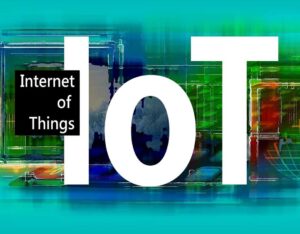
IoT is affecting everything in our lives, from cars that drive for us, to refrigerators that text us at work and tell us to pick up milk on the way home.
Companies have effectively and successfully used IoT for innovative marketing and strategy.
But even as we recognize the importance of remaining on the cutting edge, every business leader must also address the risk that comes with embracing each technological evolution if security is not keeping pace.
We must have comprehensive security to keep up with the coming ubiquity of IoT.
What is IoT?
The Internet of Things (IoT) is the term used to describe the variety of objects in our everyday lives that are now capable of communicating over wireless connections from one device to another, such as from your smartphone to your thermostat.
The IoT Risk
With every device that connects wirelessly to the internet, another opportunity is provided for hackers to violate privacy, steal data, gather information to conduct phishing attacks, and more.
It seems that cybercriminals are always one step ahead.
The big problem businesses face from IoT is that, in order to remain competitive, many businesses have been forced to jump into IoT or are considering doing so without having a fully developed security protocol in place.
Many IoT devices are sold with old or unpatched operating systems and software installed.
Consumers or end business users fail to change the manufacturer password on these devices.
Everything communicated over these devices creates risk.
How Does IoT Security Affect my Business?
There are two issues businesses must face with IoT security:
- If you are developing IoT products, your products should meet strict security standards. This means using the most updated operating system, fully patched software, segmented network, and restricted access. Devices should be designed to require consumers to change the manufacturer password in order to begin using them.
- If you have employees who bring their own devices to work, and those devices communicate with IoT devices that are not secure and also communicate with your network, you are introducing a level of risk not worth taking in your organization. Mobile device management along with IoT security policies become essential.
Security Risks Are Everywhere
Smart TVs.
Baby monitors.
Fitness devices.
Household appliances.
Each of these represents a risk to security – one that has been an ongoing concern since the initial concept and development of IoT was first discussed in the 90s.
The proliferation of IoT devices puts every organization and every consumer at a higher level of risk.
We all need to be part of the conversation and the solution to this growing problem.
